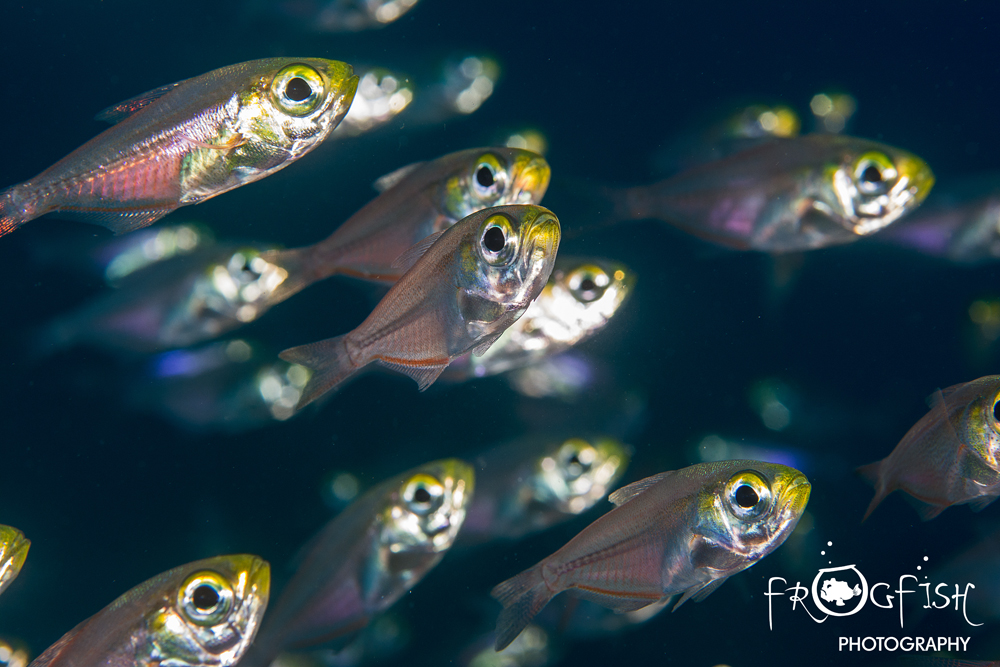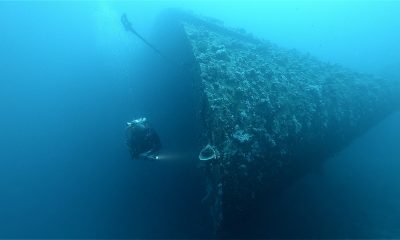News
Going Local in Sharm

As our series of articles about diving in Sharm el Sheikh comes to a close, we finish by sharing the love for the local reefs in the area. Whilst the more famous dive-sites of the Strait of Tiran, Ras Mohammed and Thislegorm tend to steal the limelight a little, there is fabulous diving to be had just minutes from the jetty.
We tried to pack in as many dives as we could on our return to Sharm, and so always took up the offer of a third boat dive in the afternoon if we could. Whilst your morning dives might be further afield, these afternoon dives are often closer to home and take in the reef systems that hug this coastline.
The topography of the area lends itself to shallow dives, with a sandy sloping bottom, and coral pinnacles springing up from the seabed. These pinnacles provide a home to a myriad of marine life and we found ourselves, sometimes, spending most of the dive engrossed in the comings and goings on just a single bommie. At Near Garden, we found glassfish shoaling around a pink seafan, tiny pipefish hiding in the shadows and minute coral crabs, which kept Caroline, with her macro lens on, entertained for a good 30 minutes. There were blue-spotted stingray, angelfish and gorgeous corals for Nick to focus on in wide angle.
 Fiddle Reef, which lies between Middle and Far – hence the name, saw Nick and Beth having fun, with Beth modelling for Nick as she peered through the many windows in the reef. The more slowly you go, the more you will see, with butterflyfish and parrotfish giving flashes of electric blue and various shades of yellow against the reds and purples of the soft corals.
Fiddle Reef, which lies between Middle and Far – hence the name, saw Nick and Beth having fun, with Beth modelling for Nick as she peered through the many windows in the reef. The more slowly you go, the more you will see, with butterflyfish and parrotfish giving flashes of electric blue and various shades of yellow against the reds and purples of the soft corals.
Temple saw us spend the whole dive circling a single pinnacle, starting at the bottom and working our way, at snail’s pace, to the very top. Caroline was trying out the new LenzO iPhone housing and spent her time switching between video, panoramas, and photos with and without the filters applied, so this shallow dive was perfect for her. There is always plenty of light on these dives, making them perfect for the underwater photographer, and there is no need for artificial light.
Whilst we have written about the shore diving in Naama Bay during the day, there is, of course, always the opportunity to dive this site at night too. With such an easy entry, and being so close to Camel Dive Club, the shore dive here is perfect for night diving. You do have to watch out for lionfish, who eagerly rush over to any diver with a light to try to gain an advantage over its prey. Nick was testing a couple of UV lights on this dive to try to photograph the coral glowing in the dark. You will be able to see these dive light reviews on Scubaverse soon. Alas, somewhat contrary to what we thought would happen, the lionfish were still attracted by the blue light, and so Beth had to spend her time fending off lionfish, while Nick concentrated on photography. One of the highlights of the night dive was to see a Torpedo Ray hunting amongst the seagrass and sand.
One of the great things about basing yourself in Sharm for a diving trip is that you can choose to dive the Thistlegorm, have a day at Ras Mohammed, spend a couple of days diving the Strait of Tiran, and you can even do a day trip to Dahab to dive the Canyon and Blue Hole. But if you want a relaxed day of shallow diving, then the local dive sites have so much to offer, and they make the perfect way to round off your diving day after one of the longer boat rides too.
www.egypt.travel/diving-in-egypt
For more from Nick and Caroline visit www.frogfishphotography.com.
Blogs
TRAVEL BLOG: Jeff Goodman Dives SOMABAY, Part 3

Today we are diving one of the outer reefs from an inflatable. As we reach the bottom, a reef octopus eases its way into the cover of a small crack in the coral while displaying it’s incredible ability to change colour. They are arguably one of the most charismatic of reef dwellers and it is always exciting for me to simply hover and watch. I would have spent longer and waited for it to come and investigate me, but as dive time is limited we wanted to move on and find a turtle.

The waters around Somabay are well protected and hold a rich variety of marine life. The reef edges are thriving colonies of coral and shoaling fish, while nearer the sea bed plenty of wildlife is still to be found.
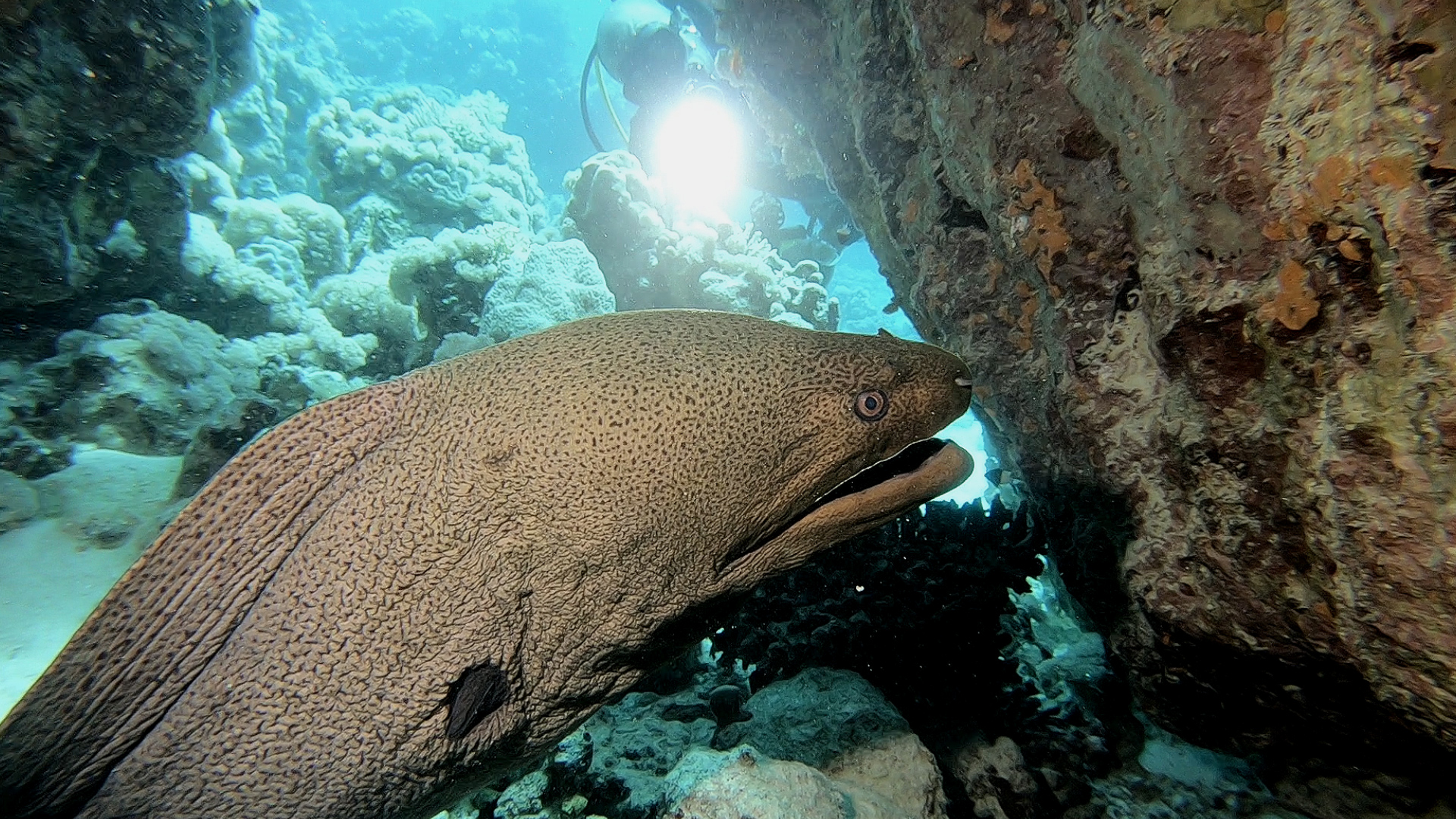
Then we located the turtles. They are very used to divers and so show little concern when slowly approached. In fact occasionally one will come over to see what you are doing. There is always huge excitement when diving with a turtle. The shear thrill of sharing a moment with another species.

What a fantastic way to finish a wonderful few days diving and I would like to thank SOMABAY, ORCA DIVING and THE BREAKERS for making my stay such a good one.
I had a great time, with diving everyday either on the house reef or on one of the offshore reefs by inflatable or larger day boat. Orca diving provided high quality equipment and facilities while the staff were all very friendly and welcoming. The Breakers was right on the coast with nice rooms, good food and once again friendly staff making the whole trip a real pleasure.

Soma Bay covers an entire peninsula and is home to several resorts as well as residential compounds.
As well as scuba diving, Somabay caters for many other sports and activities, and so is perfect for families as well as individuals and/or groups. And of course there is always time to lay peacefully on the beach under the Egyptian sun.
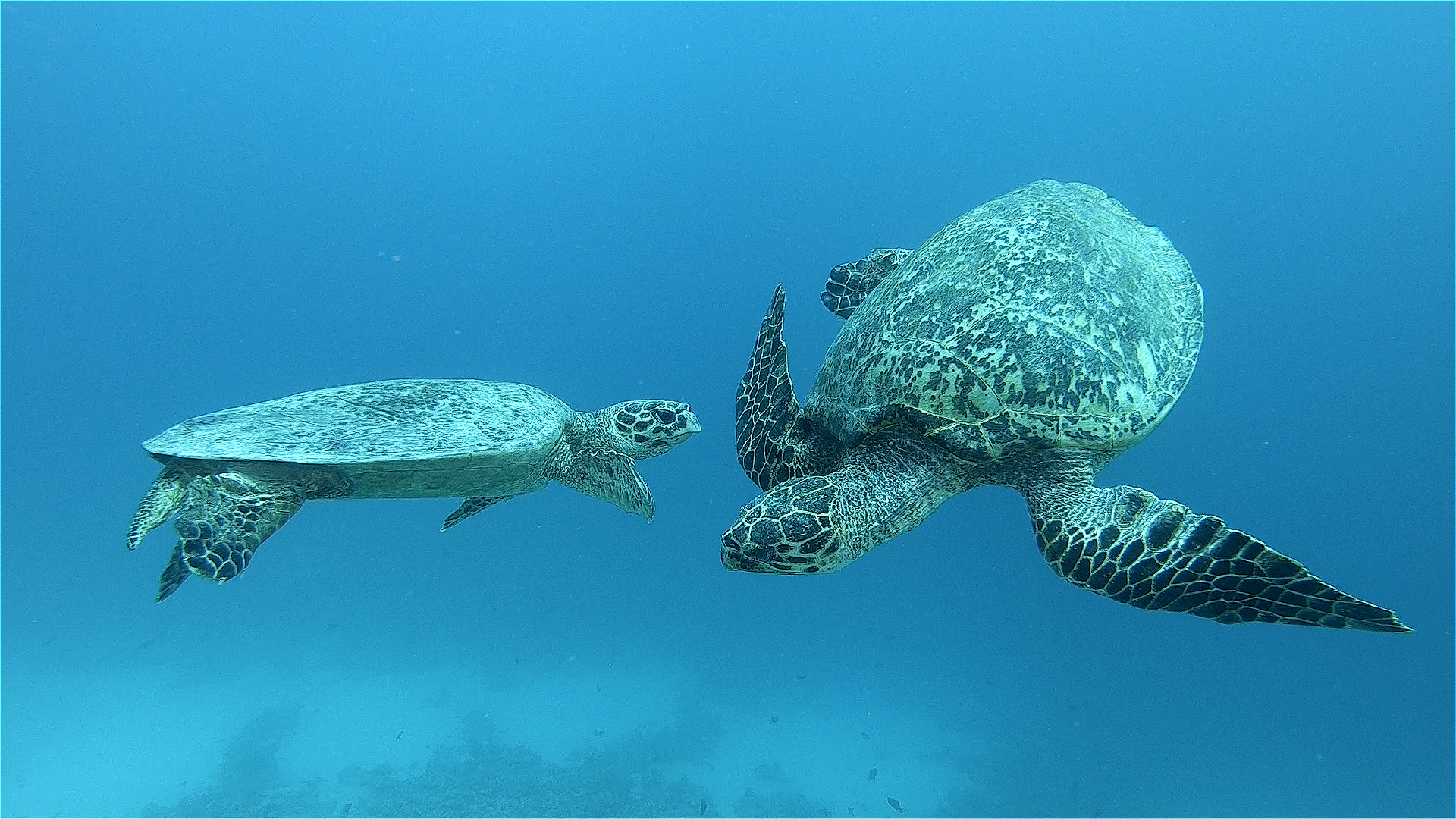
Book your next Red Sea dive adventure with SOMABAY! For more information, visit www.somabay.com.
Stay at the Breakers Diving & Surfing Lodge when you visit! For more information, visit www.thebreakers-somabay.com.
Find out more about ORCA Dive Clubs at SOMABAY at www.orca-diveclubs.com/en/soma-bay-en.
Blogs
TRAVEL BLOG: Jeff Goodman Dives SOMABAY, Part 2
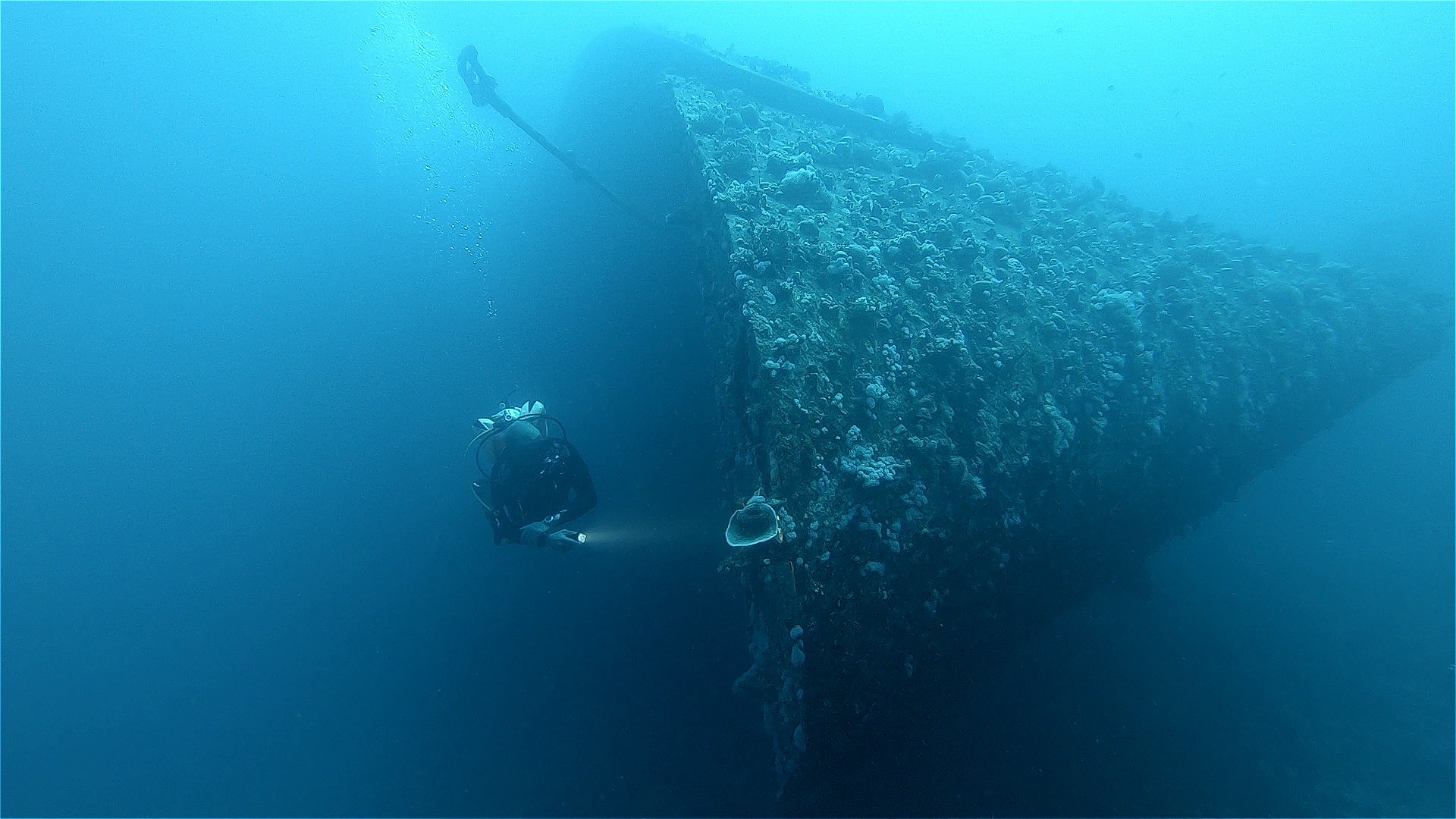
Day three of my trip to Somabay and we were spending the day on the Lady Christina and diving on the wreck of the Salem Express.
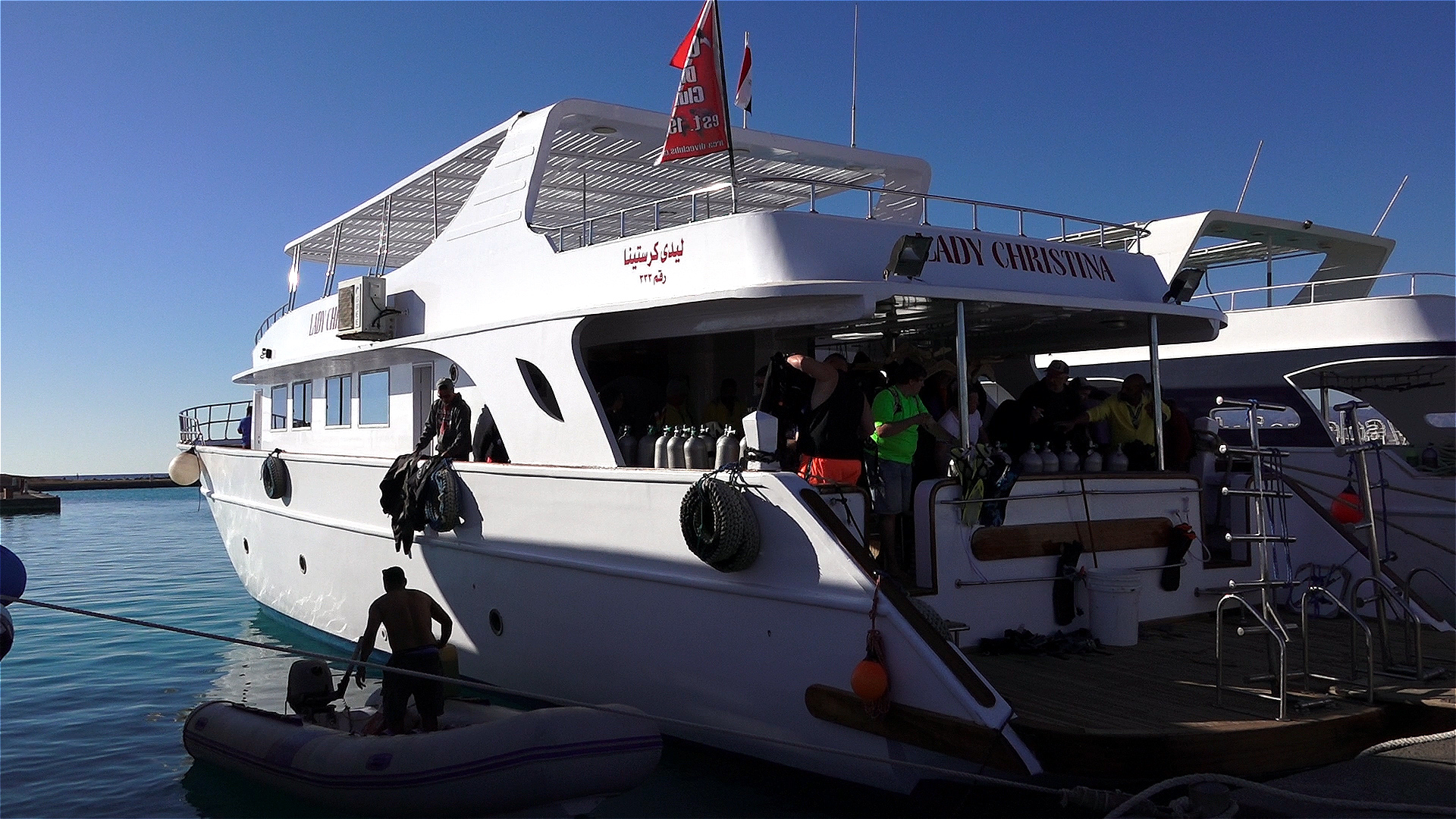
Diving wrecks for me is always one of mixed emotions. The excitement of diving a wreck is more than often tempered by the thought of loss of life when she sank. The Salem Express was a passenger ship and a roll-on/roll-off ferry travelling from Jeddah, Saudi Arabia to Safaga, Egypt. Most passengers were of poor class travelling home from their holidays while around 150 people were returning home from their pilgrimage to Mecca.

The ship struck a reef and sank within 20 minutes. Passengers were trapped below deck and the ship was filled with fear and panic.
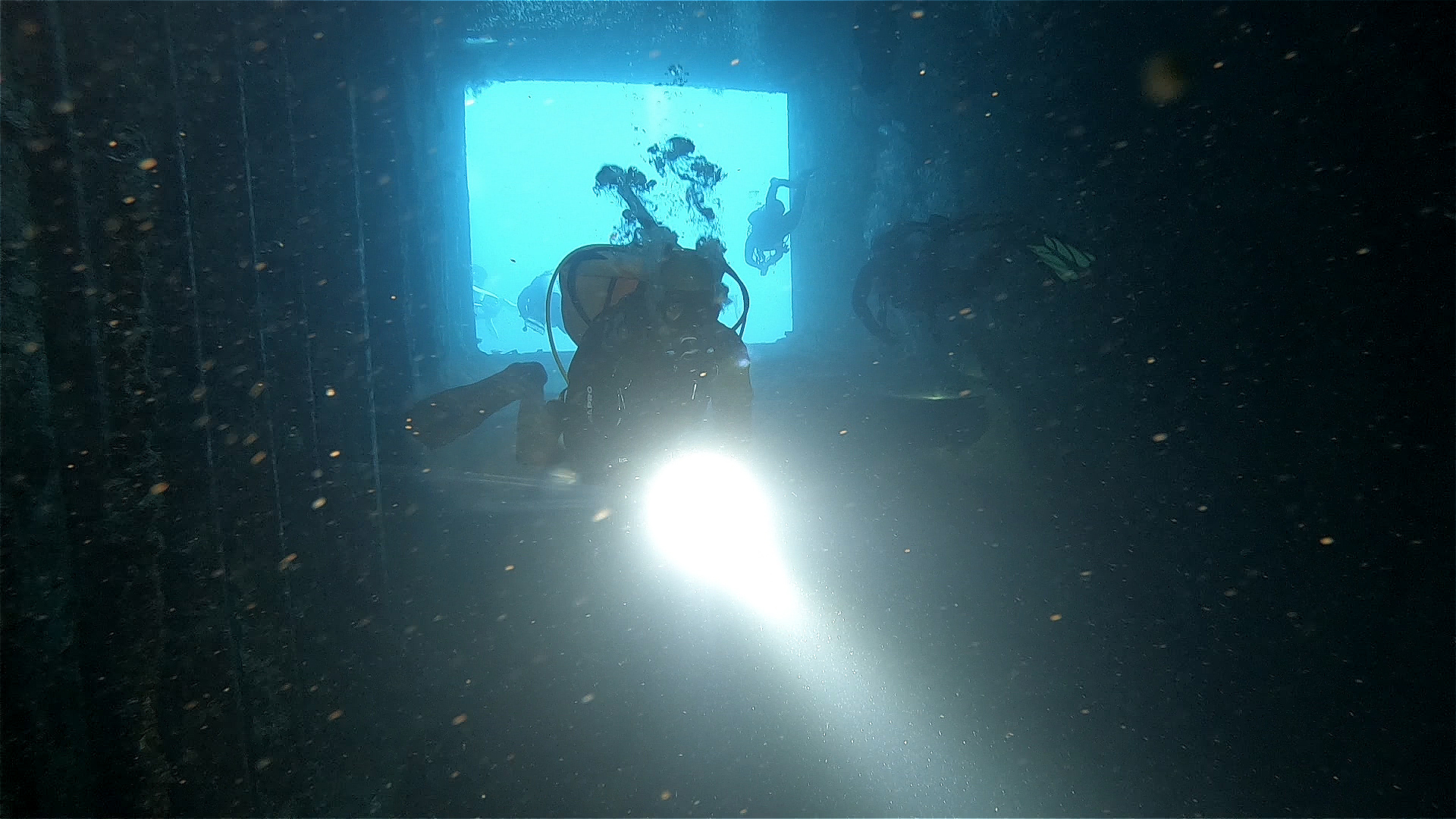
The wreck area is strewn with personal belongings from the crew and passengers such as a transistor radio and a flat iron for clothes. A diver at sometime has put them in a prominent place to be seen.

Tragically only one life boat was launched while the others went down with the ship. More than 600 men, women and children lost their lives here.
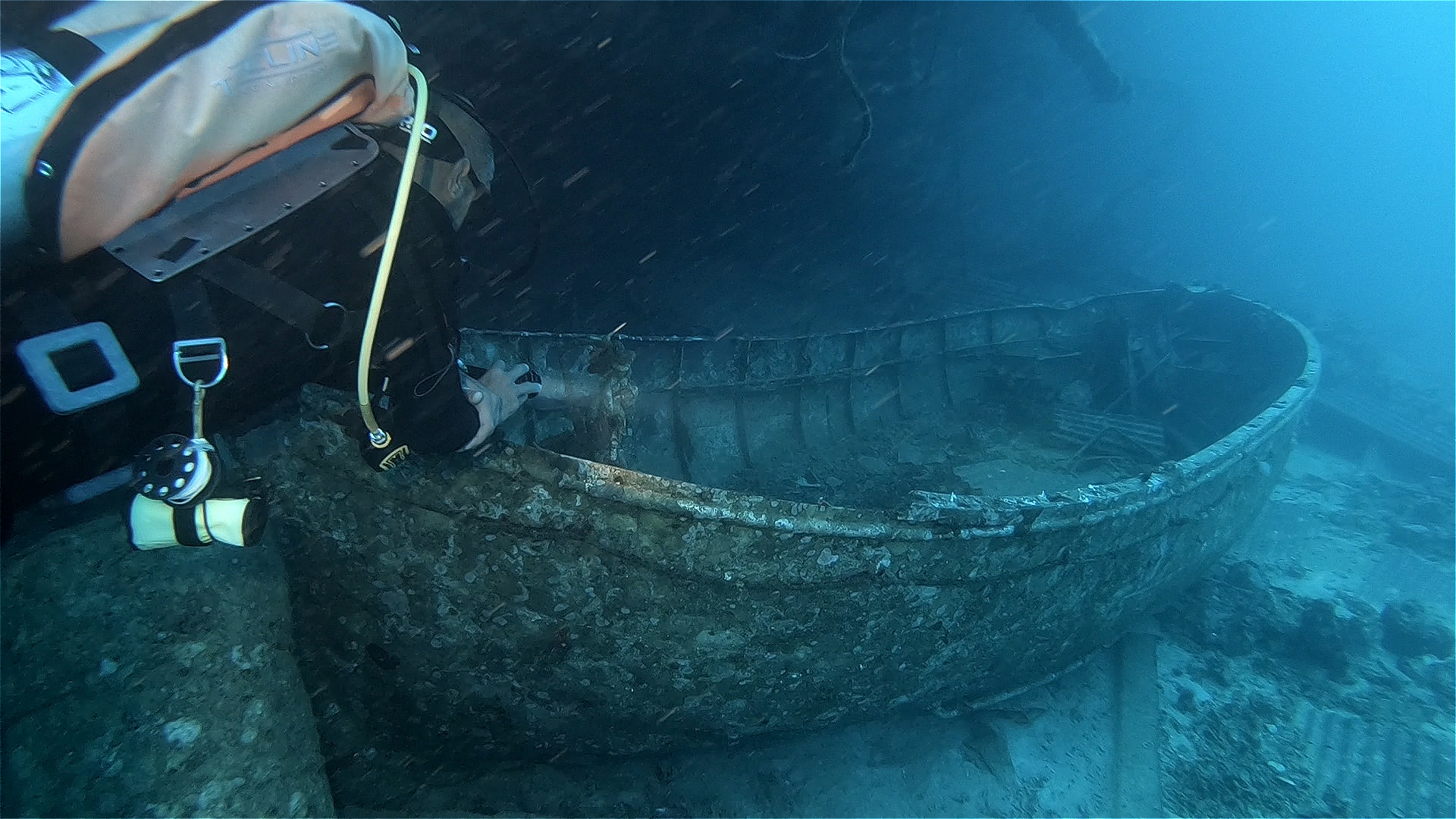
It’s a stark reminder that the sea can be unforgiving and so when we dive on such wrecks we should do so with humble regard.
Returning to the surface, shoals of fish are gathered under our boat and seem to be welcoming us back into the light.
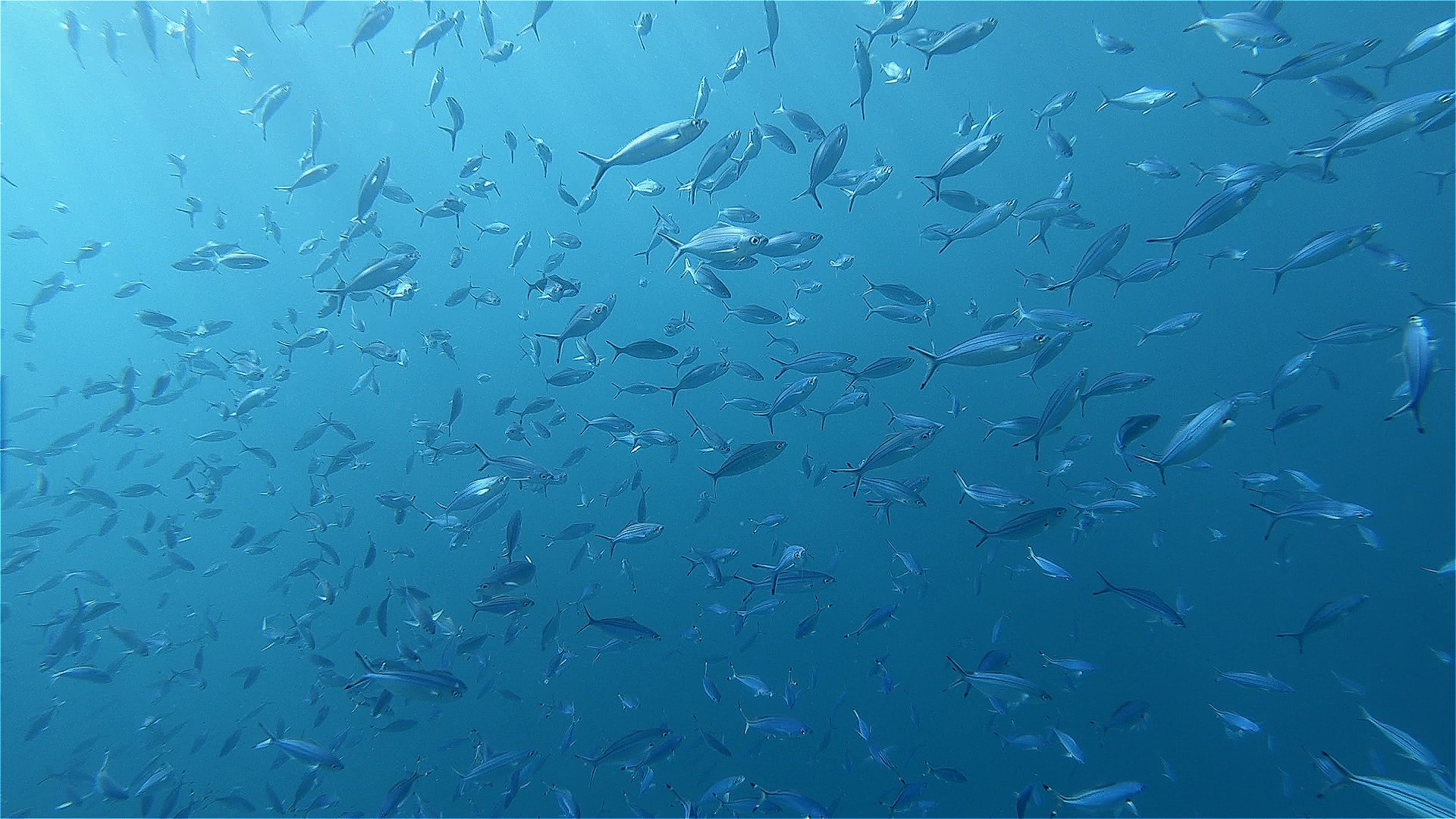
Back at the Breakers I sat in the dining area with a beer and a very good meal while my thoughts still remained with the day’s dive on the Salem Express.
Check in for part 3 tomorrow for Jeff’s last day of diving with Somabay on the off-shore reefs looking for turtles.
Book your next Red Sea dive adventure with SOMABAY! For more information, visit www.somabay.com.
Stay at the Breakers Diving & Surfing Lodge when you visit! For more information, visit www.thebreakers-somabay.com.
Find out more about ORCA Dive Clubs at SOMABAY at www.orca-diveclubs.com/en/soma-bay-en.
-

 News3 months ago
News3 months agoHone your underwater photography skills with Alphamarine Photography at Red Sea Diving Safari in March
-

 News2 months ago
News2 months agoCapturing Critters in Lembeh Underwater Photography Workshop 2024: Event Roundup
-

 Marine Life & Conservation Blogs2 months ago
Marine Life & Conservation Blogs2 months agoCreature Feature: Swell Sharks
-

 Blogs1 month ago
Blogs1 month agoMurex Resorts: Passport to Paradise!
-

 Gear News3 months ago
Gear News3 months agoBare X-Mission Drysuit: Ideal for Both Technical and Recreational Divers
-

 Blogs2 months ago
Blogs2 months agoDiver Discovering Whale Skeletons Beneath Ice Judged World’s Best Underwater Photograph
-

 Gear Reviews2 months ago
Gear Reviews2 months agoGear Review: Oceanic+ Dive Housing for iPhone
-

 Blogs3 months ago
Blogs3 months agoThe Thrilling Encounter with Tiger Sharks at Beqa Lagoon’s ‘The Colosseum’ with Coral Coast Divers


